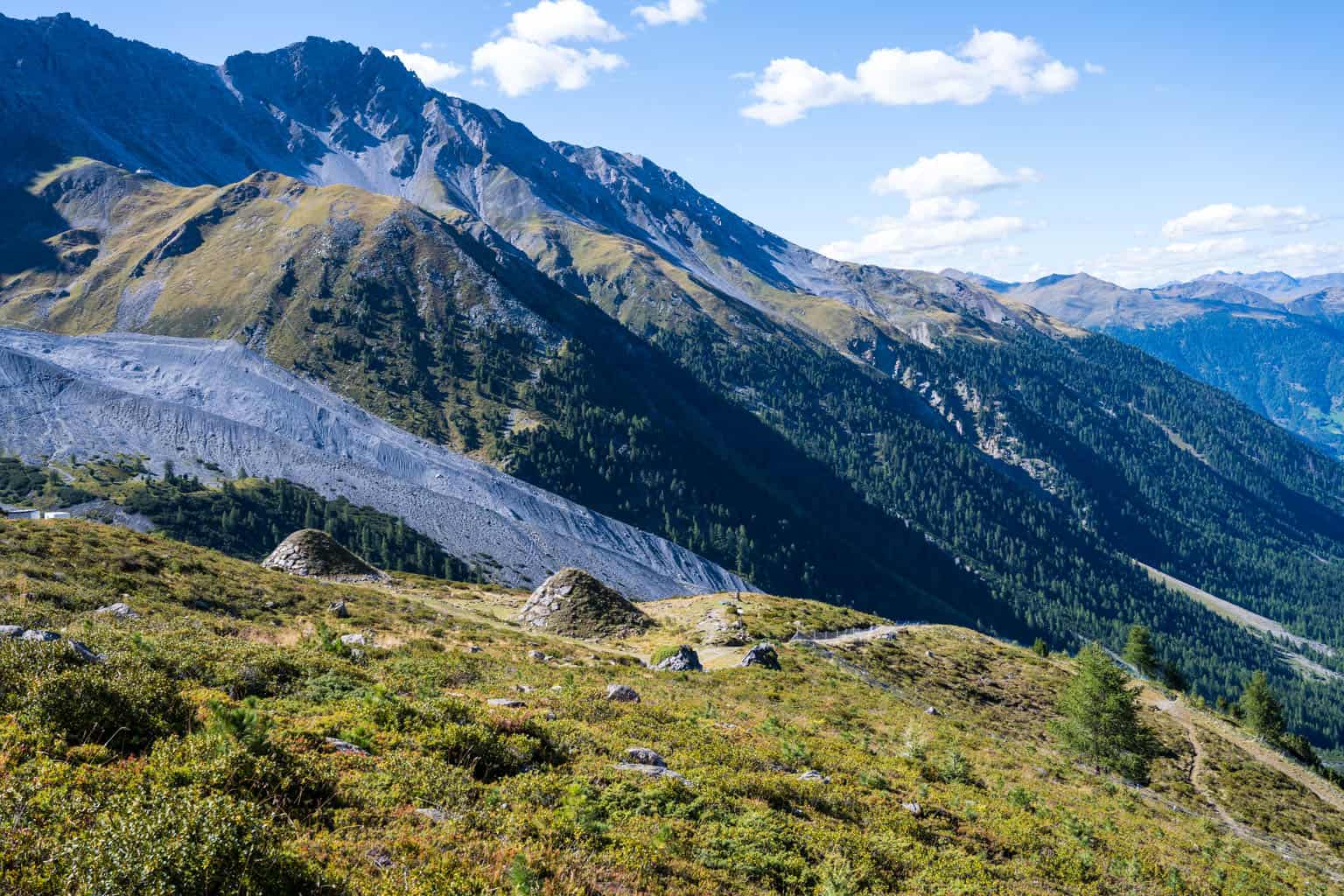International butterfly workshops
In September there was a lot going on in our project “Schmetterlingsreich – butterfly kingdom“. After school started, the workshop season started again. This time, however, the workshops were special because young people from all over Europe took part. Three workshops in Mariapfarr were happening, with 18 to 22 young people joining each workshop. The young people between age 13 and 16 learned a lot about European butterflies, their special features, their protection and their habitats from the team of the European Wilderness Society and their butterfly experts. The young people came from Italy, Slovenia, Germany, Austria and the Ukraine.
A mix of languages
The workshops were in English, but overall it was a colorful mix of all languages, with the respective national language names of the butterfly species and their scientific names. Somehow, in the end, everyone knew which species of butterfly was meant.
In the workshops, the young people got to know the various European species using impressive display boards. They experienced the life cycle and metamorphosis up close using eggs and pupal cases of various species. The differences between butterflies and moths, what butterflies do during winter, how long they live, what plants they specialize on and how anyone can protect them was also taught.
Enthusiastic youngsters
The young people participated with great enthusiasm and there were already some butterfly experts among them. The Italians and the Slovenes even made an “insectarium” in their school’s biology class and were therefore very familiar with it. Some have even bred butterflies themselves. However, there were also one or two young people with “lepidopterophobia”. These are people who do not like butterflies at all. Nevertheless, they bravely endured the workshop and maybe even lost their aversion to butterflies a bit.
In a quiz at the end, the young people were able to put the knowledge they had acquired in the workshop to the test and did very well. In the end, the youngsters got edible butterflies to taste in the form of jelly butterflies and a little bag with butterfly-friendly flower seeds to bring out in the garden or meadow.
Let the butterflies fly!
The highlight was the release of the butterflies brought by the expert: red admiral (Vanessa atalanta), Brimstone butterfly (Gonepteryx rhamni), Colias hyale and black-veined white (Aporia crataegi) were released at the end of the day together with all the young people on a meadow. Even if the expert’s voice was not very good after the 3 workshops, the workshops were a great experience for everyone involved and young people from all over Europe were able to go home with more knowledge about butterflies and their importance for biodiversity.








Hi Ondra,
thanks for your comment. Your thought is one that we also had when producing these seed bags. We decided to use seeds that were harvested from high biodiversity meadows in Austria. Therefore, they are really butterfly-friendly and the species occur in all Central Europe and do not bring new or invasive species to these countries. We also wanted to distribute these seed bags because they have a high educational effect and the kids are really learning by doing and see the effects by themselves. The seeds are meant for use in the private garden for 2-3 m2 meadow or for balconies.
I hope this answers your question.
Best, Magdalena
Nice article and a great activity. I just wonder about this: “…a little bag with butterfly-friendly flower seeds to bring out in the garden or meadow”. In case of a meadow, how does this fit to an image of wilderness? The seed species are probably not native to all meadows in participating countries. Ondra Vitek